
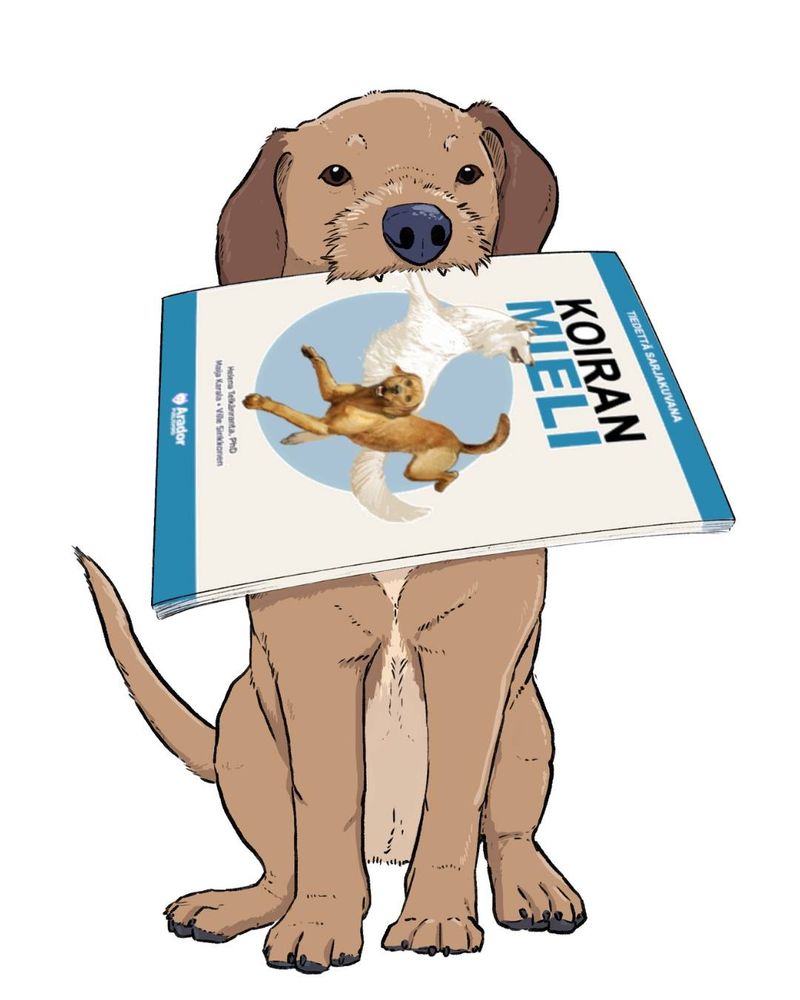
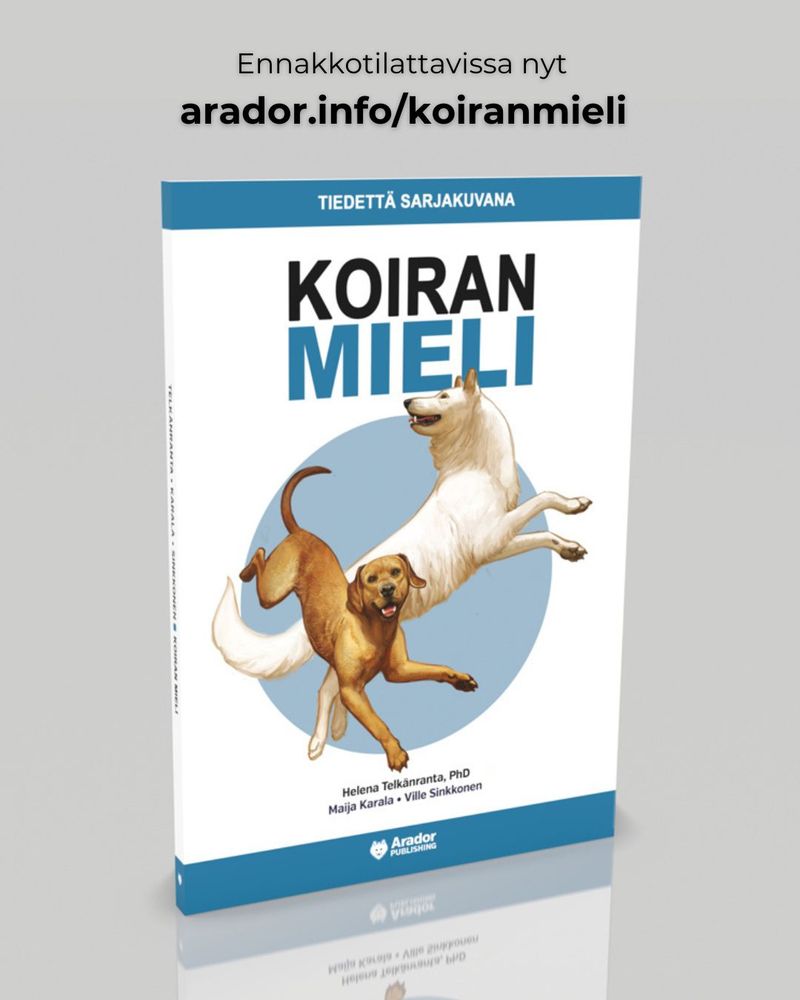
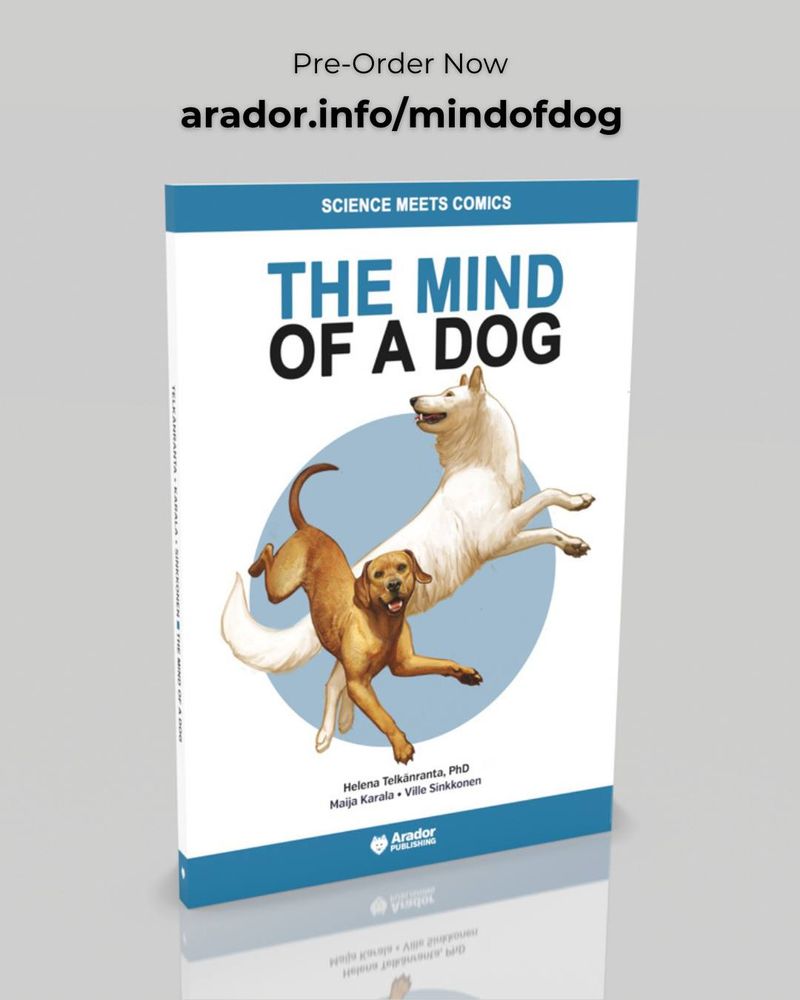
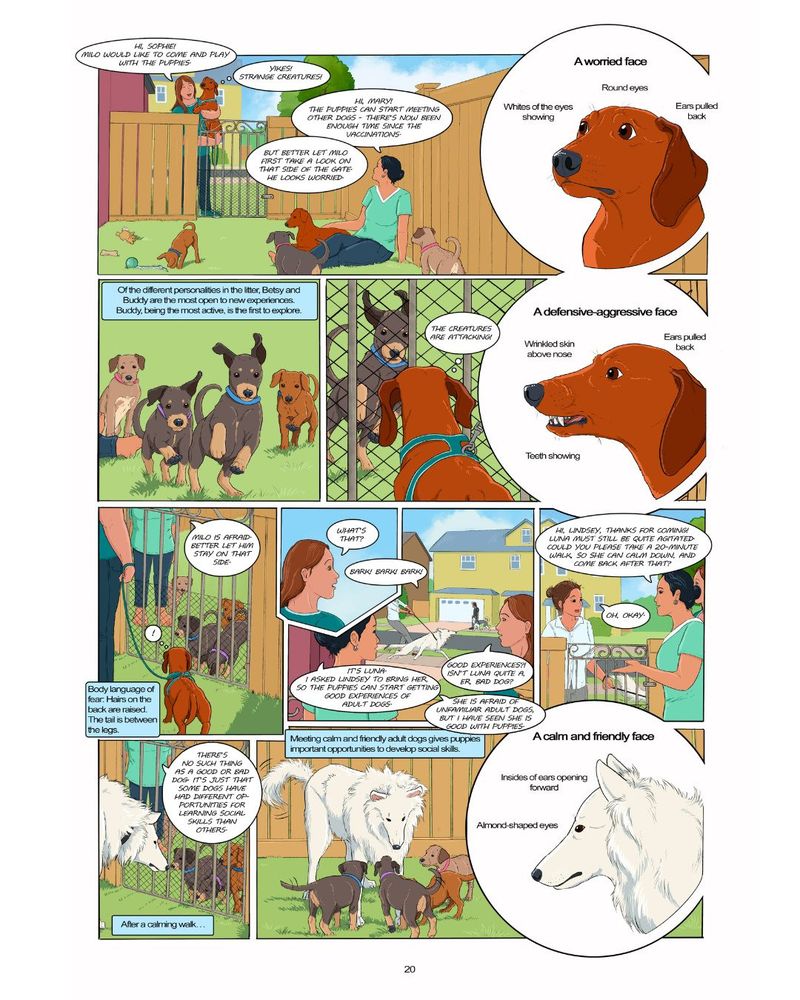
After our acclaimed The Mind of a Horse comes a new book: The Mind of a Dog. Science Meets Comics! It's cutting edge animal cognition science packaged into a comic book story.
This was the front cover of children's magazine Sieppo a few years ago, set in the Sinharaja rainforest reserve in Sri Lanka.

This was the front cover of children's magazine Sieppo a few years ago, set in the Sinharaja rainforest reserve in Sri Lanka.
#protistsonsky 🧵
#protistsonsky 🧵
Referenced artworks below...




Referenced artworks below...

Stegosaurs bore a fantastical variety of bony plates, spines and osteoderms, probably a mix between ornamental, defensive and offensive.




Stegosaurs bore a fantastical variety of bony plates, spines and osteoderms, probably a mix between ornamental, defensive and offensive.
I visited the animal shelter at Lohja, southern Finland, in preparation for an upcoming book project. Despite decades of work, cats still end up in shelters in shocking numbers.
I’m not usually a cat person but seeing these poor guys, I might have taken a few home with me if I could.

I visited the animal shelter at Lohja, southern Finland, in preparation for an upcoming book project. Despite decades of work, cats still end up in shelters in shocking numbers.
I’m not usually a cat person but seeing these poor guys, I might have taken a few home with me if I could.

There doesn't seem to be any rule to the varying difficulty of rat introductions. It can take a couple of ours or a month - just roll the dice and try.


There doesn't seem to be any rule to the varying difficulty of rat introductions. It can take a couple of ours or a month - just roll the dice and try.

It's this time of the year again - sun barely rises and is most of the time obscured by clouds. Back in the Cretaceous, Arctic winters would have been even darker and greyer: warmer climate meant little snow, and studies suggest a permanent polar cloud cap. Poor dinos.

It's this time of the year again - sun barely rises and is most of the time obscured by clouds. Back in the Cretaceous, Arctic winters would have been even darker and greyer: warmer climate meant little snow, and studies suggest a permanent polar cloud cap. Poor dinos.
Stegosaurs bore a fantastical variety of bony plates, spines and osteoderms, probably a mix between ornamental, defensive and offensive.




Stegosaurs bore a fantastical variety of bony plates, spines and osteoderms, probably a mix between ornamental, defensive and offensive.
If you happen to be around Helsinki this week, come meet me and @villesinkkonen.bsky.social at the book fair!
Messuilta saat kirjan edullisemmin kuin muualta!
#koirat #lemmikit #kirjamessut #helsinginkirjamessut #kirjamessut2025

If you happen to be around Helsinki this week, come meet me and @villesinkkonen.bsky.social at the book fair!

These adorable little boys moved in a week ago. I’ve been getting to know them, trying to think of names and slowly introducing them to the big boys. It has been a bit more of a hassle than anticipated.
A little thread on introducing new pets to older ones.
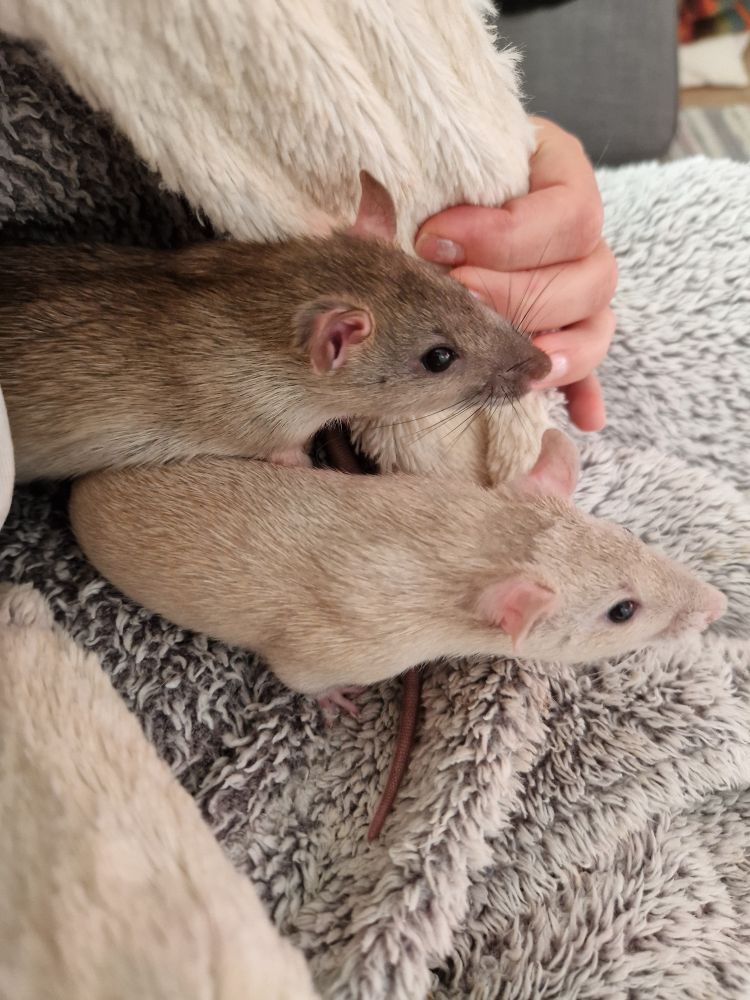

These adorable little boys moved in a week ago. I’ve been getting to know them, trying to think of names and slowly introducing them to the big boys. It has been a bit more of a hassle than anticipated.
A little thread on introducing new pets to older ones.
In English: www.arador.info/mindofdog
In Finnish: www.arador.info/koiranmieli
Created by the same scientist-artist team as the multiple-award-winning book "The Mind of a Horse. Science Meets Comics" 🏆
#dogs #pets #animals #nonfiction #comics




In English: www.arador.info/mindofdog
In Finnish: www.arador.info/koiranmieli
Created by the same scientist-artist team as the multiple-award-winning book "The Mind of a Horse. Science Meets Comics" 🏆
#dogs #pets #animals #nonfiction #comics
Katso näytesivuja suomenkielisestä kirjasta: www.arador.info/koiranmieli
Check out sample pages of the English-language book: www.arador.info/mindofdog
#koirat #lemmikit #eläimet #tietokirjat #sarjakuvat




Katso näytesivuja suomenkielisestä kirjasta: www.arador.info/koiranmieli
Check out sample pages of the English-language book: www.arador.info/mindofdog
#koirat #lemmikit #eläimet #tietokirjat #sarjakuvat
Since living dinosaurs look somewhat unhinged without their feathers, the same was probably true of their ancient non-avian cousins, such as Velociraptor.
#Sciart

Since living dinosaurs look somewhat unhinged without their feathers, the same was probably true of their ancient non-avian cousins, such as Velociraptor.
#Sciart
www.theguardian.com/environment/...

www.theguardian.com/environment/...
Even now it’s not too late to cling to the last remnants of summer and go looking for moths. These are some of the species that can still be seen in Finland & elsewhere in Northern Europe, drawn after my own photos.

Even now it’s not too late to cling to the last remnants of summer and go looking for moths. These are some of the species that can still be seen in Finland & elsewhere in Northern Europe, drawn after my own photos.
Today, I’d like to introduce Elmo, one of the six-month old teenagers. He’s not only very cute, but also has some interesting genetics – a homeobox mutation, temperature-dependent albinism, and a complex ancestry. Here's a thread on pet rat genetics.


Today, I’d like to introduce Elmo, one of the six-month old teenagers. He’s not only very cute, but also has some interesting genetics – a homeobox mutation, temperature-dependent albinism, and a complex ancestry. Here's a thread on pet rat genetics.

To 23.10. klo 17–17.30 messujen Tiedetorilla: Miten koira ajattelee ja tuntee?
La 25.10. ja su 26.10.: Kirjan tekijätiimi tavattavissa Aradorin osastolla 7g135 klo 13–15 ja 16–18.
#koirat #tietokirjat #sarjakuvat #kirjamessut

Could also be #Rattober 1 - Friend-shaped rat

Could also be #Rattober 1 - Friend-shaped rat


